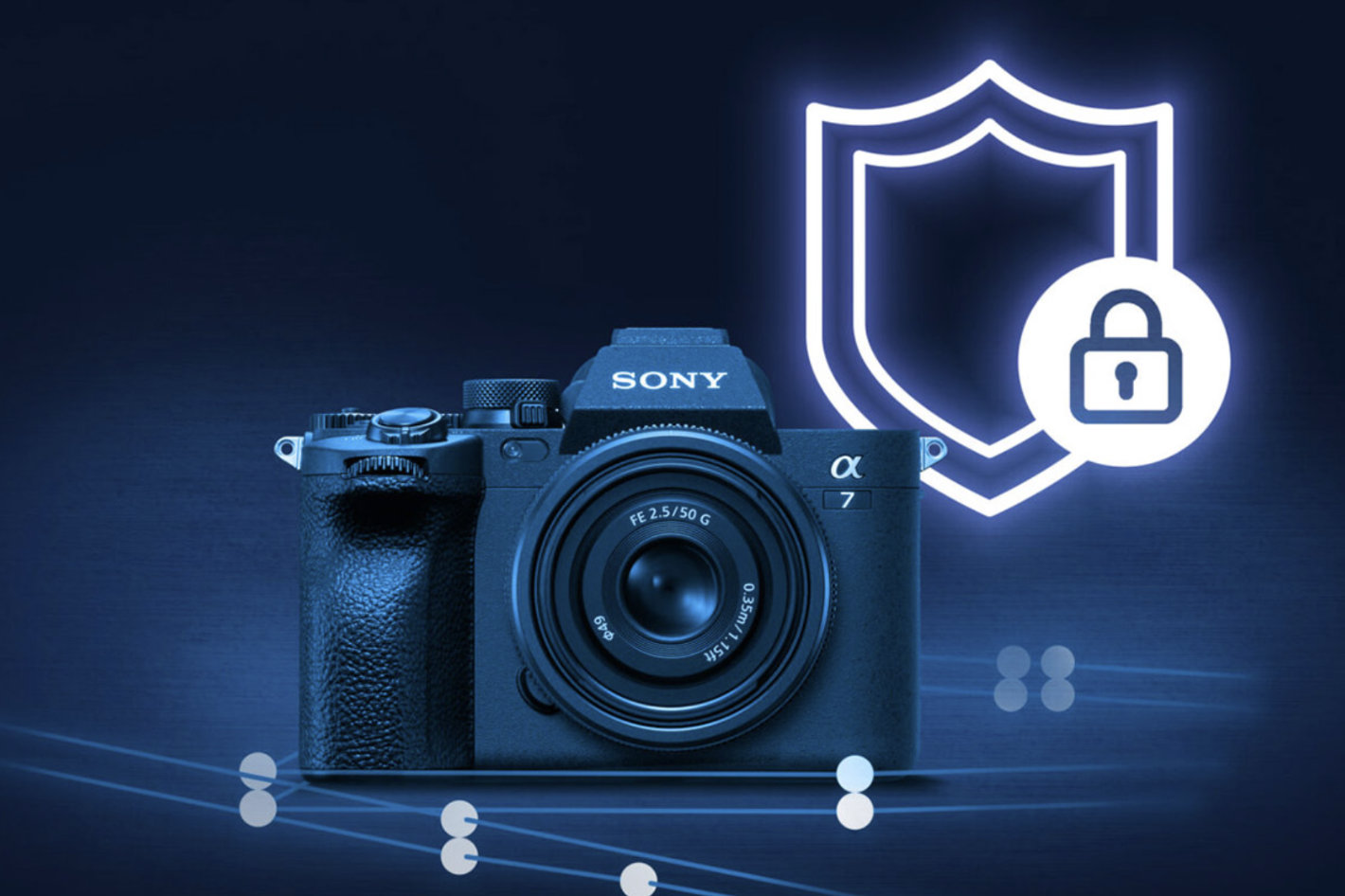
Leica announced recently that it had created another milestone in the history of photography by introducing the Leica M11-P, the world’s first camera to store metadata at the point of capture to protect the authenticity of digital images. We wrote about the news here at ProVideo Coalition, and asked if the industry would follow Leica’s example and adopt the open-source standard offered by the Content Authenticity Initiative (CAI). It would make sense to have a common solution for a common problem. But…
Well, apparently, the industry is adopting ways to verify the authenticity of images, but looking at Sony’s example… we may end with different systems, even though they all appear to use as base the suggestions from the C2PA (Coalition for Content Provenance and Authenticity) committee. If that’s true, it may be difficult, in the future, to know which system different cameras use. Just imagine that Canon follows Sony’s example and creates its own system, Nikon does the same and all the others follow. Photo editing software will have a tough time adopting all those solutions that, in the end, have a common goal: to make it easy to certify the authenticity of photos. Unfortunately, this is something we’ve seen happen before in the photo industry…
So now we’ve two systems offering the same thing: the open-source from the Content Authenticity Initiative (CAI), and Sony’s in-camera authenticity technology, which was developed in cooperation with Associated Press. An interesting note here: AP is also a member of the Content Authenticity Initiative (CAI), which was co-founded by Adobe in 2019, and has, as we wrote back in October this year, “nearly 2,000 members, including AFP, the Associated Press, the BBC, Getty Images, Leica Camera, Microsoft, Reuters, The Wall Street Journal, and more, all working together to add a verifiable layer of transparency and trust to content online – via secure metadata called Content Credentials. “
Is there really a need for another system based around the C2PA authentication definitions? Apparently, Sony believes there is and that’s why the company announced the completion of a second round of testing for Sony’s in-camera authenticity technology with Associated Press. This in-camera digital signature allows for the creation of a birth certificate for images, validating the origin of the content.
According to the information now available, Sony’s authenticity technology provides a machine-based digital signature, removing the opportunity for undetected manipulation at the start. The digital signature is made inside the camera at the moment of capture in the hardware chipset. This security feature is aimed at professionals wanting to safeguard the authenticity of their content and provides an extra layer of security to aid news agencies in their fight against falsified imagery.
“While the rapid evolution of generative AI (Artificial Intelligence) brings new possibilities for creative expression, it has also led to growing concern about the impact of altered or manipulated imagery in journalism,” says Neal Manowitz, President and COO of Sony Electronics. “The dissemination of false information and images has real world social impact that brings harm not only to our photojournalist and news agency partners, but to society as a whole. We care deeply about this challenge and are committed to using our resources to help solve it. Through Sony’s work on the steering committee for C2PA (Coalition for Content Provenance and Authenticity), we have helped set the current industry standard for the tracking of editing and manipulation of imagery. Additionally, our in-camera authenticity technology has shown valuable results, and we will continue to push its development towards a wider release.”
“Fake and manipulated images are a major concern for news organizations. Not only do they contribute to mis- and disinformation but ultimately, they erode the public’s trust in factual, accurate imagery,” said David Ake, AP Director of Photography. “We are proud to be working alongside Sony Electronics to create an authentication solution that can help combat this problem.”
Sony and AP’s most recent field test was completed during October of 2023. In this month-long test, both capture authentication and workflow process were evaluated. To accomplish this, Sony partnered with Camera Bits – the company behind the industry standard workflow tool, Photo Mechanic. Alongside Sony and AP, Camera Bits created technology in Photo Mechanic that preserves the camera’s digital signature all the way through the metadata editing process.
“We appreciate the significant challenge that manipulated imagery poses for our partners, and we are highly motivated to play a role in helping solve it,” says Dennis Walker, President and Founder of Camera Bits. “Photo Mechanic has been used by the photojournalism industry for 25 years and continues to evolve as the industry introduces new technology. We are committed to ensuring Photo Mechanic remains a trusted and authentic workflow solution.”
Sony’s new in-camera signature and C2PA authentication is planned for release in a firmware update in the newly announced Alpha 9 III, Alpha 1, and Alpha 7S III in the Spring of 2024. According to a Japanese website, “Smartphone Digest”, the next-generation of Xperia smartphones from Sony will include “a new technology that digitally signs captured images within the camera”, which clearly points to an extension of what Sony now announced for its mirrorless cameras. Sony has not confirmed – or denied – those rumors.
Although some see no reason to include image authentication technology in smartphones, the growing use of high-end smartphones as cameras by professionals, – as just another tool in their tool kit – may justify the introduction of ways to guarantee that images captured with those devices really reflect reality. It makes sense, for example, that smartphones used by photographers from news agencies to capture images also offer the same options in terms of authenticity of the photos captured. It will also be Sony’s way to claim a “world’s first” – for Xperia smartphones – when it comes to authentication of images, as Leica already claimed that title for its Leica M11-P.
